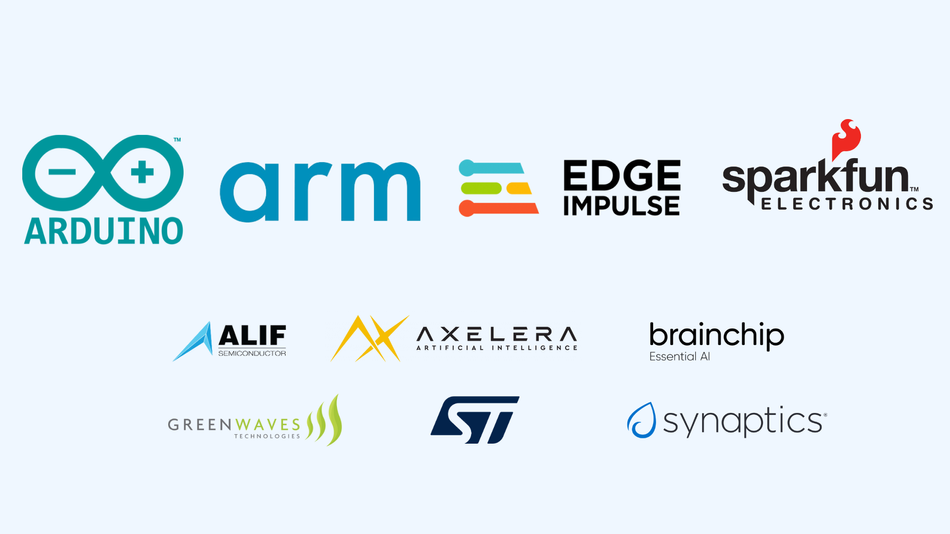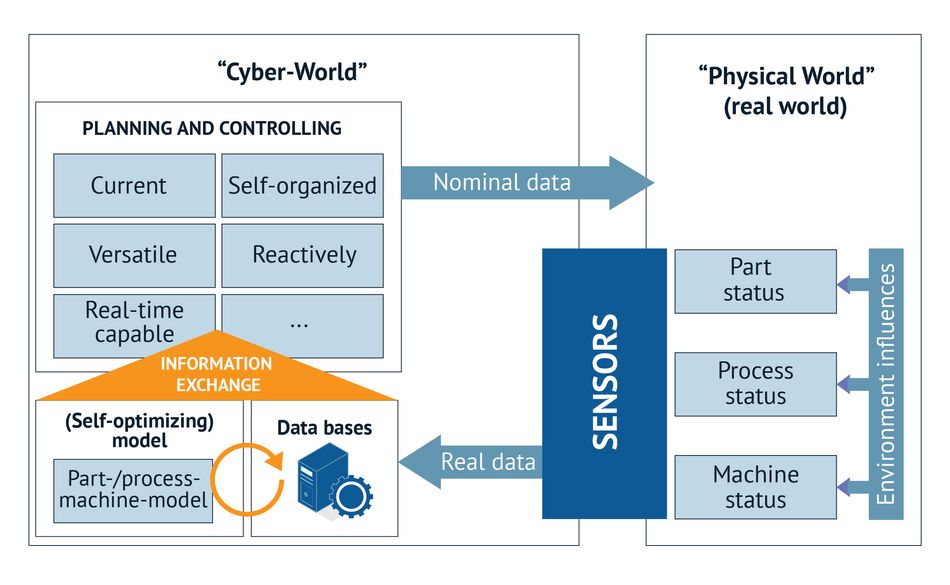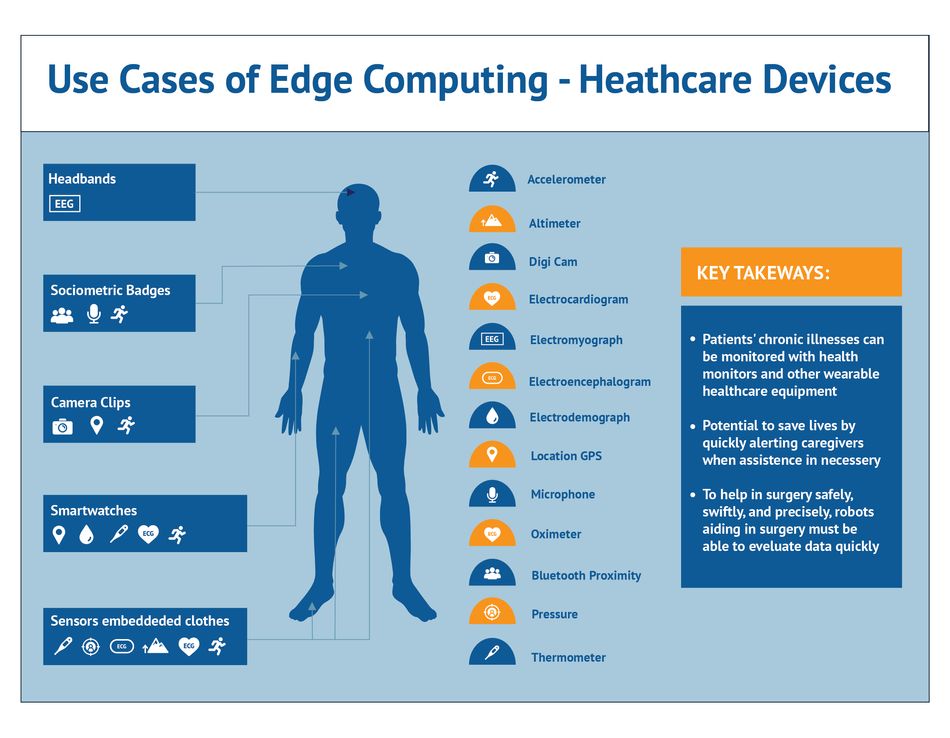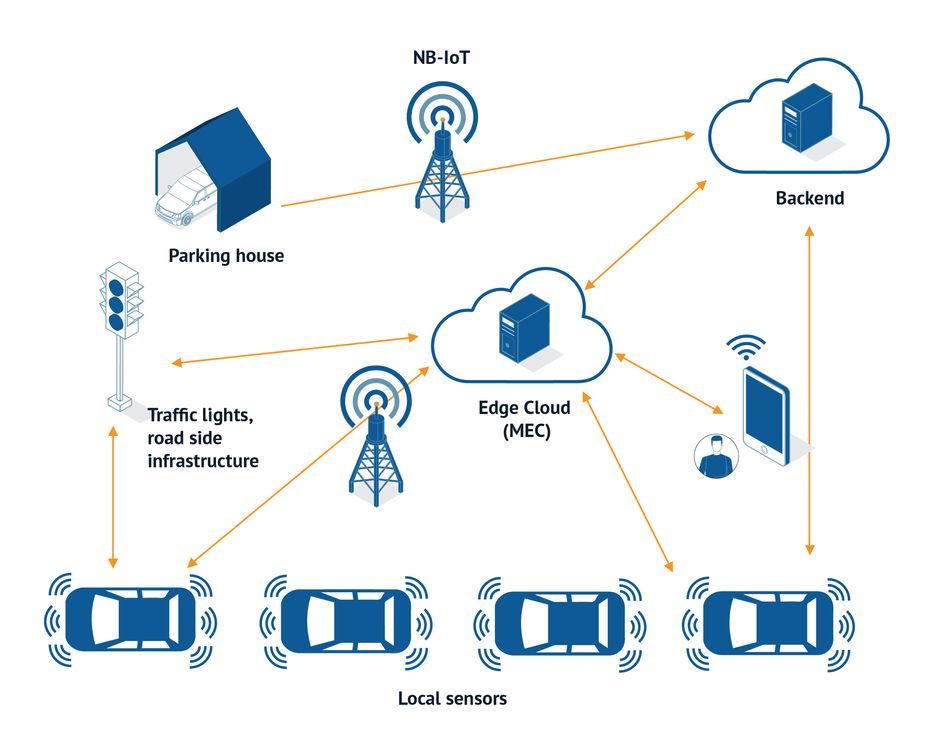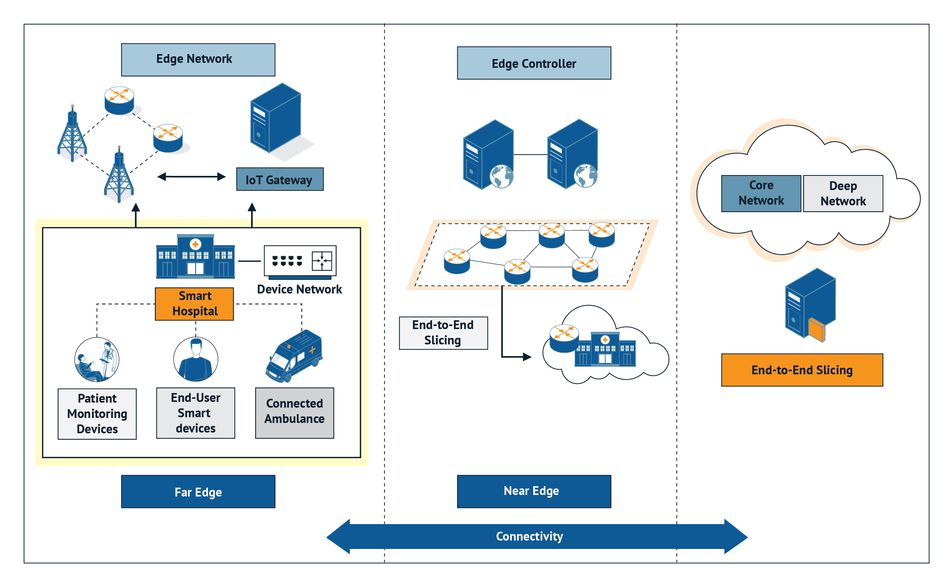2023 Edge AI Technology Report. Chapter I: Overview of Industries & Application Use Cases
How Edge AI is Transforming Industries and Application Areas.

2023 Edge AI Technology Report. Chapter I: Overview of Industries & Application Use Cases
Edge AI, empowered by the recent advancements in Artificial Intelligence, is driving significant shifts in today's technology landscape. By enabling computation near the data source, Edge AI enhances responsiveness, boosts security and privacy, promotes scalability, enables distributed computing, and improves cost efficiency.
Wevolver has partnered with industry experts, researchers, and tech providers to create a detailed report on the current state of Edge AI. This document covers its technical aspects, applications, challenges, and future trends. It merges practical and technical insights from industry professionals, helping readers understand and navigate the evolving Edge AI landscape.

Introduction
In recent years, there has been a clear shift of data from centralized cloud data centers to small-scale, local data centers and edge devices that reside close to the data sources. This has led to the emergence and rise of Edge AI. Specifically, the proliferation of data processed at or near the source of data generation has been a key enabler of Edge AI applications in different application sectors.
Nowadays, many enterprises are deploying and using edge functionalities as part of their AI applications. These functionalities enable them to develop energy-efficient, low-latency applications that exhibit real-time performance. Moreover, Edge AI functionalities provide enterprises with significant security and data protection benefits, which lead to improved privacy control and more effective compliance with applicable regulations. These benefits make Edge AI very appealing to organizations in many different sectors, which deploy and use Edge computing features in a variety of use cases.
This is the reason why the Edge AI market has a growing momentum. According to Fortune Business Insights, the Edge AI market is expected to grow from USD 15.60 billion in 2022 to USD 107.47 billion by 2029 at a Compound Annual Growth Rate (CAGR) of 31.7%.
Industrial & Manufacturing
Innovators in the industrial sector see Edge AI and machine learning as vital technologies for their future business prospects. A survey fielded in the spring of 2023 by Arm found that edge computing and machine learning were among the top five technologies that will have the most impact in the coming years. In fact, nearly 70 percent of the respondents felt that IoT technologies were absolutely necessary for them to compete in their markets.
Industrial modernization and the shift to smart manufacturing have sparked innovations in automation, robotics, and industrial IoT (IIoT). The manufacturing sector has been undergoing a rapid digital transformation based on the introduction of Cyber-Physical Production Systems (CPPS) (e.g., industrial robots, intelligent automation devices) on the shop floor. These systems comprise a physical and a digital part, which enable the digitization of complex physical processes.
CPPS systems collect and analyze data about production processes such as production scheduling, quality inspection, and asset maintenance. Through data analysis, they derive unique insights about how to optimize these processes. Most importantly, they leverage these insights to close the loop to the manufacturing shop floor based on implementing real-time actuation and control functionalities. These functionalities significantly improve the efficiency and speed of automation tasks like product assembly and quality control.
Nevertheless, real-time actuation is hardly possible based on cloud data processing, which incurs significant latency. To alleviate the limitations of the cloud for real-time control, manufacturers are increasingly turning to Edge AI. This enables the execution of low-latency machine-learning functionalities on CPPSs, which makes them suitable for real-time actuation use cases.
Some of the most prominent use cases of Edge AI in manufacturing include:
- Real-time detection of defects as part of quality inspection processes that leverage deep neural networks for analyzing product images
- Execution of real-time production assembly tasks based on low-latency operations of industrial robots
- Remote support of technicians on field tasks based on Augmented Reality (AR) and Mixed Reality (MR) devices; Low-latency Edge computing nodes are used to render AI-based AR/MR streams (e.g., AI-based repair recommendations) in real-time and effectively transfer on-the-job instructions from remote experts to on-site technicians.
While low latency is a primary Edge AI driver in the manufacturing sector, some use cases also benefit from Edge AI’s security and privacy control features. For instance, several 3D printing use cases leverage Edge computing to avoid sharing sensitive Intellectual Property through a centralized cloud infrastructure.
Healthcare
The healthcare sector produces and manages large amounts of sensitive data like patient datasets. Therefore, the rationale behind the deployment and use of Edge AI in healthcare lies in both the real-time functionalities and the privacy control features of this Edge paradigm. For instance, Edge AI deployments process data within the data owner’s premises (e.g., care center, hospital, or patient’s home), which is a compelling value proposition. Likewise, the low-latency characteristic of Edge AI enables real-time applications that can sometimes save a patient’s life, especially with the deployment of wearable technologies in which machine learning is used to monitor vital signs, sleep patterns, and exercise levels. Some of the most prominent Edge AI applications in healthcare include:
- Remote patient monitoring and telemedicine, where healthcare professionals are provided with analytical insights about the patient’s status without sharing patient data with other stakeholders
- Early diagnosis of disease indicators based on embedded machine learning on medical or wearable devices; Edge AI enables a host of novel diagnostic applications that deliver the merits of early screening and timely diagnosis at an unprecedented scale.
- Real-time surgery applications (e.g., telesurgery, robotic surgery), where low-latency Edge AI applications provide accurate guidance to the surgeon
The healthcare industry is currently preparing for the era of Edge AI through regulatory initiatives for AI-enabled medical devices, such as the European Medical Devices Regulation.
“One of the staggering statistics is the $1.1T loss in productivity for the US economy due to preventable chronic diseases,” says BrainChip’s Nandan Nayampally. “However, early diagnostics require constant monitoring and quite a bit of intelligent computation. To make these devices and services cost-effective and scalable, you need capable Edge AI.”
Consumer Products
Edge AI brings several benefits to consumer products. First and foremost, it enables users’ interactions with intelligent, low-latency, and high-performance AI-based interfaces, which improve the overall user experience. In this direction, Edge AI is used to implement perceptive interfaces based on speech, video, gestures, and other modalities.
Secondly, it can reduce latency when accessing data and services of consumer devices like smart appliances and gaming platforms. For example, by embedding AI functions in smart appliances, it is possible to implement functionalities for intelligent management, such as identifying the exact times when they need maintenance or repair.
Thirdly, Edge AI functionalities enhance the security and privacy of consumer products, as they reduce the amount of data shared outside the product’s administrative domain. Finally, Edge AI functions improve consumer products with real-time data analytics capabilities. This is the case with gaming platforms that support real-time interaction functionalities with the end-user in the loop.
Transportation
The development of smart transportation systems that make decisions in real time is based on edge computing and Edge AI functionalities. Specifically, Edge AI functionalities enable a significant number of real-time decision-making applications such as connected driving applications, self-driving cars, automatic picking machines, and autonomous driving vehicles.
All these applications exhibit autonomous real-time behaviors implemented based on machine learning at the edge rather than based on data transfer and analytics within a cloud data center.
Self-driving cars and autonomous driving are sometimes considered the holy grail of Edge artificial intelligence. This is because autonomous vehicles deploy and use many Edge AI functions (e.g., deep neural networks at edge nodes) in order to see the road, understand the driving context, and make real-time decisions towards driving safely.
Smart Cities
Edge AI has a range of use cases in smart cities, notably use cases that process data within edge clusters or edge devices. As a prominent example, smart cities develop and deploy Edge AI infrastructures that support connected vehicles. These infrastructures process information at the edge by means of machine learning algorithms towards providing contextual, perceptive, and intelligent functionalities to vehicles.
Smart cities also leverage Edge AI to maintain utility infrastructures like electricity grids and water networks. For instance, Edge AI functions can identify smart meter faults and water leakages in real time. This helps to optimize the use of resources and minimize their depletion.
Edge AI in smart cities is also utilized to support a range of telecommunication use cases. For example, it is used to offer on-demand, machine-learning services to various industrial end users as part of private deployments. Such telecommunication services provide cost savings, low latency, and increased resilience, critical benefits for both municipal systems and citizens.
Another vital use for Edge AI is in healthcare monitoring systems in combination with IoT to improve healthcare facilities and infrastructure in smart cities. By implementing a large number of interconnected embedded sensors and IoT devices, such smart systems can provide important services to the community through data and connectivity. With the risk of chronic diseases and viruses that can spread dangerously fast, such as COVID-19, a robust healthcare infrastructure based on interconnected edge and IoT devices can allow for faster and earlier detection of diseases, thus facilitating well-timed treatment, reducing overall costs, and enabling the healthcare system of the city to keep up with or even prevent the viral spread.
Finally, one of the most popular smart city use cases for Edge AI is smart surveillance. Specifically, Edge AI solutions are deployed close to surveillance cameras to identify abnormal behaviors and other incidents of security interest as to enhance public safety and enforce traffic laws automatically. Rather than transmitting large volumes of video streams in the cloud, Edge AI applications transfer a much smaller number of streams following the detection of suspicious events or other abnormalities based on edge machine learning.
Smart Home
Edge AI is also popular in several smart home use cases, primarily in smart security. It involves the execution of machine learning functions within smart security devices like cameras, alarm systems, and video doorbells. These functions detect abnormalities and produce alarms in real time.
Another prominent use case in smart homes involves entertainment and infotainment applications. Specifically, Edge AI functions can be deployed to control smart home multimedia apps such as music and home cinema video. Such deployments are supported by smart appliances like smart TV sets. This can be seen with devices such as Alexa, which ushered in the era of ML in the home about nine years ago. It’s a testament to how successful an application AI can be for the home that millions of them are equipped with edge AI technology, whether owners understand AI’s role in the devices or not.
“From a segment perspective, the home is one of the most important areas where machine learning is being deployed.”
- Parag Beeraka, Senior Director, Segment Marketing, Arm’s IoT business unit.
Gain a broader perspective on Edge AI by revisiting our comprehensive guide.
The 2023 Edge AI Technology Report
The guide to understanding the state of the art in hardware & software in Edge AI.
Click through to read each of the report's chapters.
Report Introduction
Chapter I: Overview of Industries and Application Use Cases
Chapter II: Advantages of Edge AI
Chapter III: Edge AI Platforms
Chapter IV: Hardware and Software Selection
Chapter V: Tiny ML
Chapter VI: Edge AI Algorithms
Chapter VII: Sensing Modalities
Chapter VIII: Case Studies
Chapter IX: Challenges of Edge AI
Chapter X: The Future of Edge AI and Conclusion
The report sponsors:
